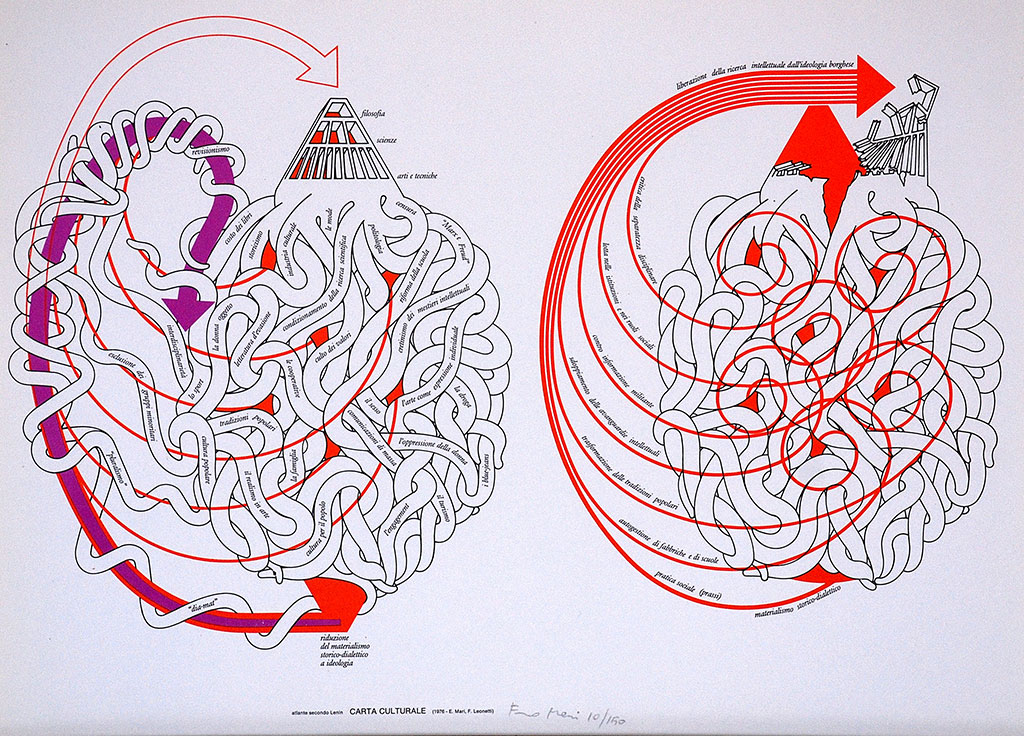ART-TRIBUTE:Enzo Mari, Part I
Enzo Mari (1932-19/10/2020) attended the Brera Academy of Fine Arts (Milan) and dedicated himself to exploring the psychology of vision and design methods. he was an impassioned humanist with an unusual ability to combine idea and form, with particular attention to social and political problems. Mari was radical in his ideas and subtle in his designs. a non-conformist that tried to introduce a certain amount of utopia in every of his projects.
By Efi Michalarou
Photo: Triennale Milano Archive
“Enzo Mari” is an exhibition devoted to the work and ideas of Enzo Mari, one of the most important designers, artists, critics and theorists. The show includes projects, models, drawings, and materials, many of which have never been shown before. The exhibition has emerged from the incessant dialogue and exchange of ideas over the years between Mari and the curator Hans Ulrich Obrist, looking at more than 60 years of art and de-sign, architecture and philosophy, teaching and graphics. The exhibition consists of a historical section and a series of contributions from international artists and designers) who have been invited to pay tribute to Mari with site-specific installations and new, specially commissioned works. The historical section starts with a new display of the artist’s last exhibition project, :Enzo Mari. L’arte del design” held at Galleria Civica d’Arte Moderna e Contemporanea, in Turin in 2008-9, a global project that Mari himself prepared and curated, and for which he edited the catalogue. The exhibition features a selection of about 250 of Mari’s projects – from the “Pitture” of the 1950s to the “Strutture” of the 1950s and ’60s, to the series of “Putrella containers” (1958) and his art multiples entitled “La Serie della Natura” (1961-76), to the vases of his “Nuove proposte per la lavorazione a mano del marmo. Serie Paros” (1964) and the “Allestimenti modulari di cartone” (1964-70). “Universale Scientifica Boringhieri” (1965) to the “Box chair” (1971), “Autoprogettazione” (1973), and the bowls of the “Proposte per la lavorazione a mano della porcellana. Serie Samos” (1973), through to the “44 valutazioni” (1976-2008), and the “Tonietta chair” (1980). At the same time, nineteen Research Platforms, specially created for the Triennale exhibition, give insights into the individual projects that have given rise to the key themes of Mari’s artistic vision and practice: his initial investigations of perceptual am-biguities, his research into experimental production, his studies of mass-production, the theme of standards, and so on. The exhibition also includes a series of video interviews by Hans Ulrich Obrist that illustrate Mari’s constant ethical tensions, the depth of his theoretical understanding, and his extraordinary design skills with which he has given shape to the essential.
Participating artists & Designers: Adelita Husni-Bey, Tacita Dean, Dominique Gonzalez-Foerster, Mimmo Jodice, Dozie Kanu, Adrian Paci, Barbara Stauffacher Solomon, Rirkrit Tiravanija, Danh Vō, Nanda Vigo, and Virgil Abloh for the merchandising project
Info: Curators: Hans Ulrich Obrist and Francesca Giacomelli, Museo del Design Italiano | Triennale Milano, Viale Emilio Alemagna, 6, Milan, Duration: 17/10/2020-18/4/2021, https://triennale.org
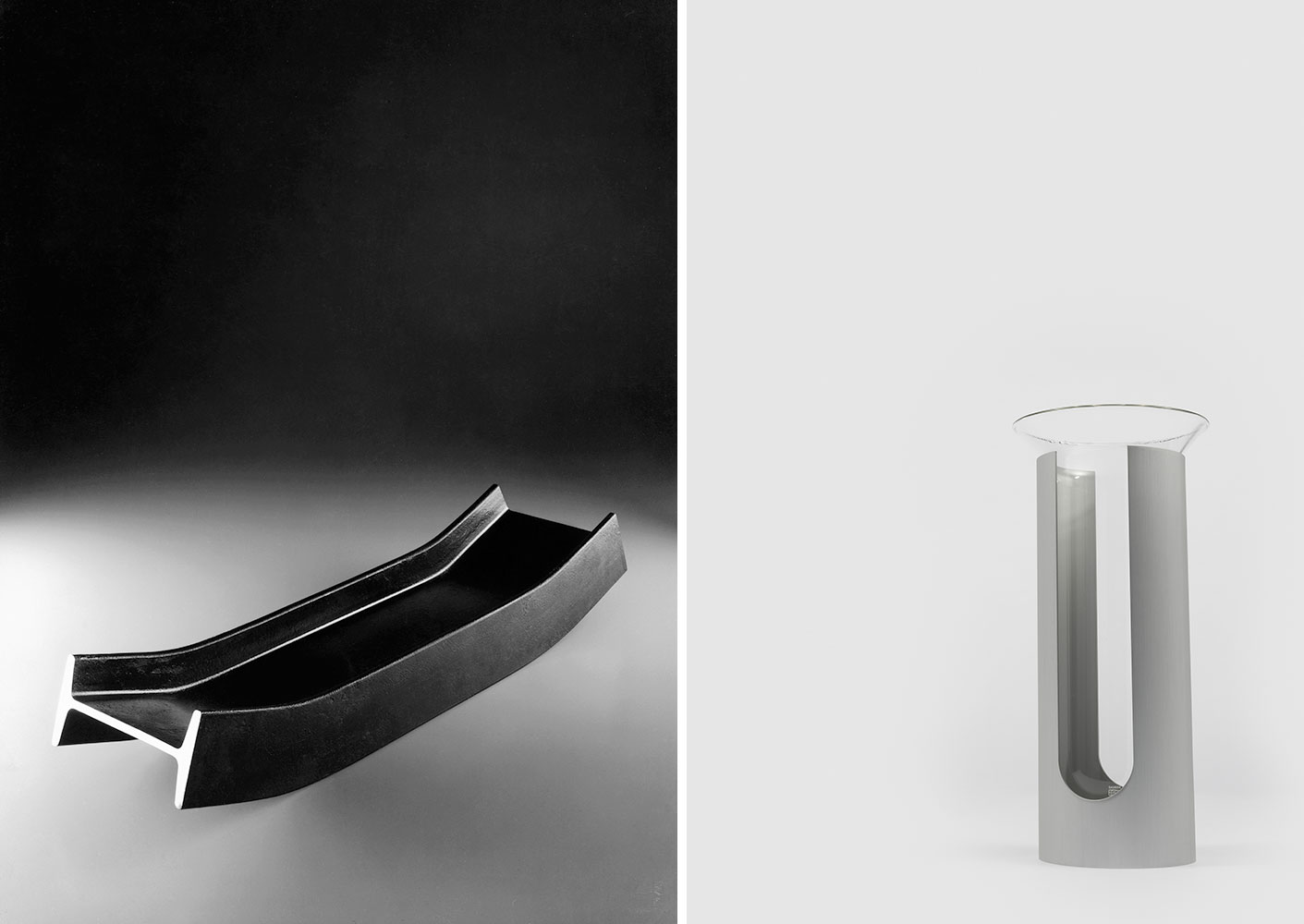
Right: Enzo Mari, Camicia, 1961, glass flower vase with aluminium cylinder, 48 x 12 cm, Danese Milano Permanent collection, Triennale Milano
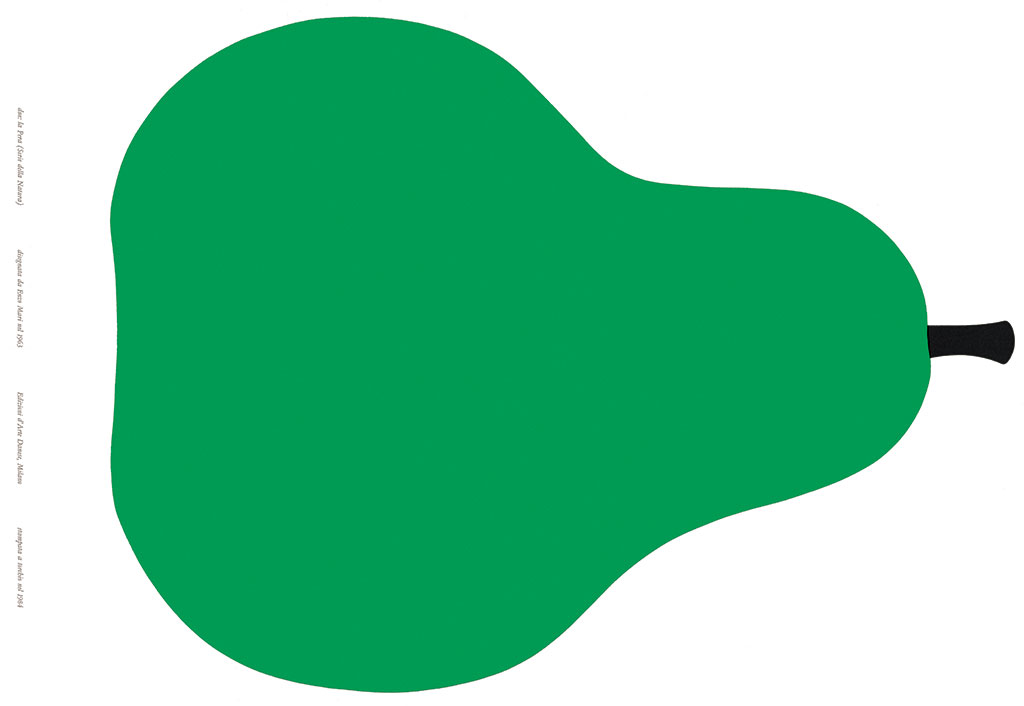
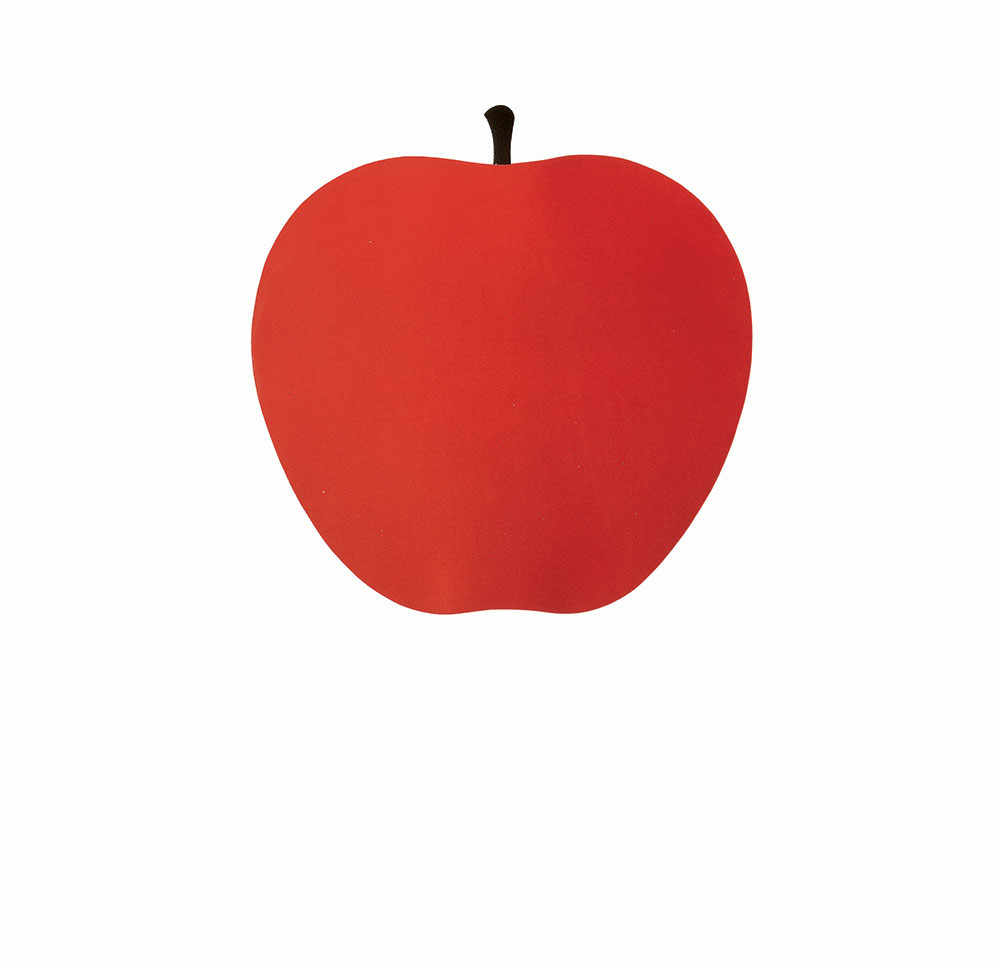
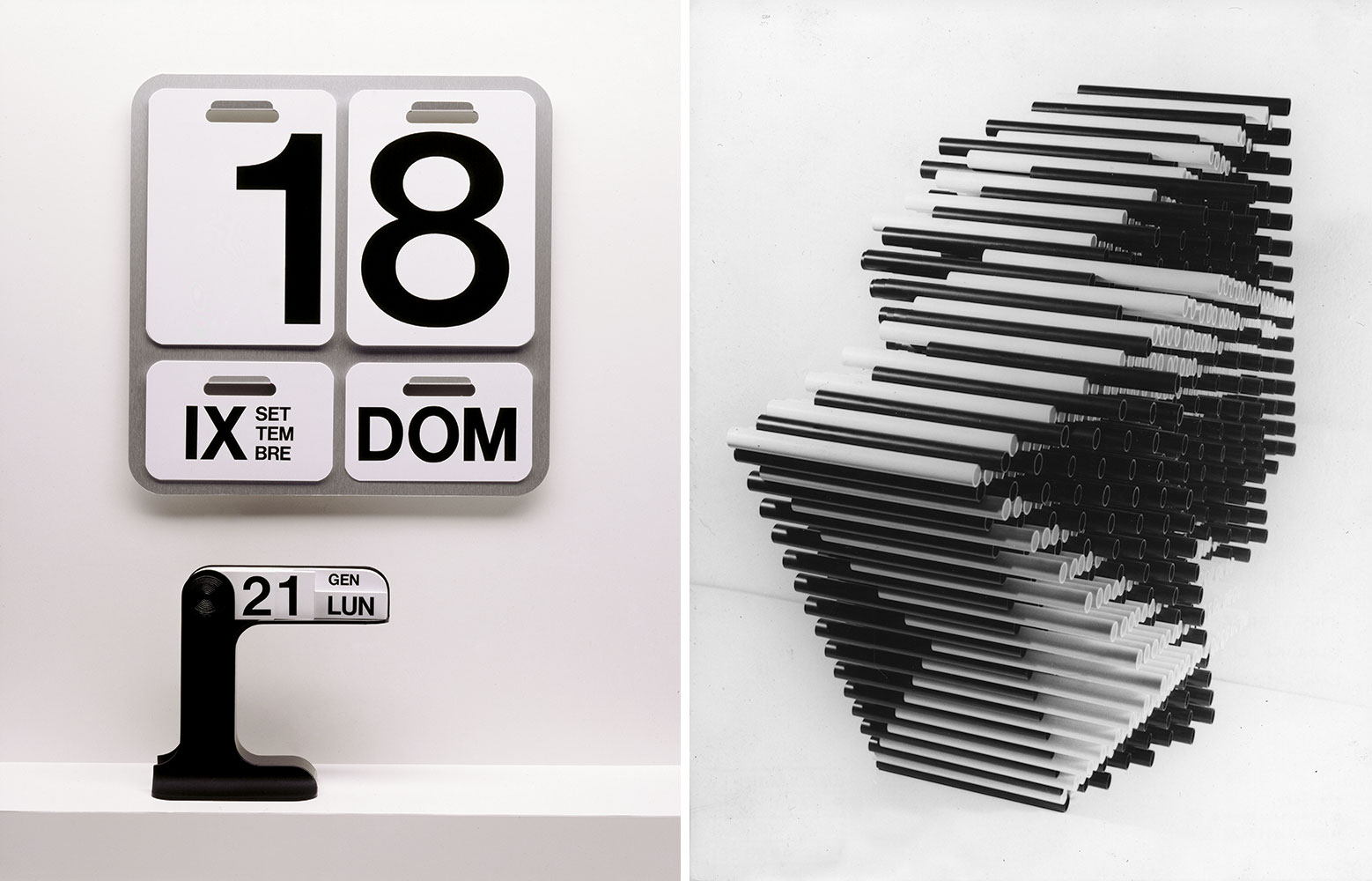
Right: Enzo Mari, Structure 793, 1965, small PVC tubes, 48 x 40 x 30 cm, Collection E. Righi
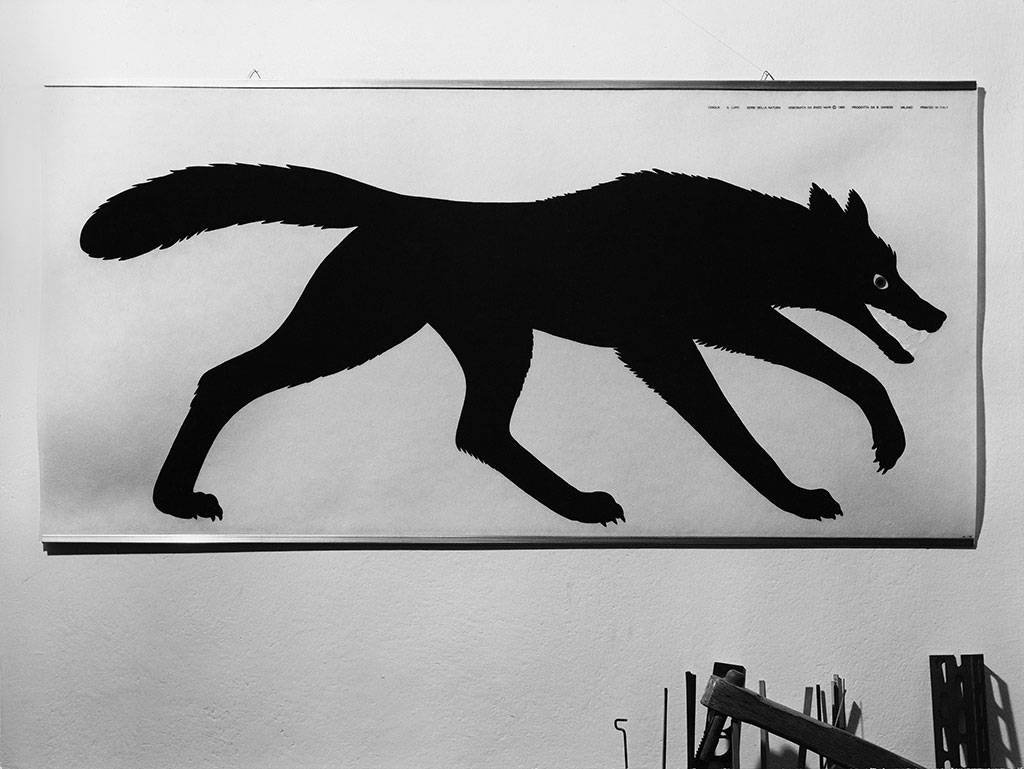
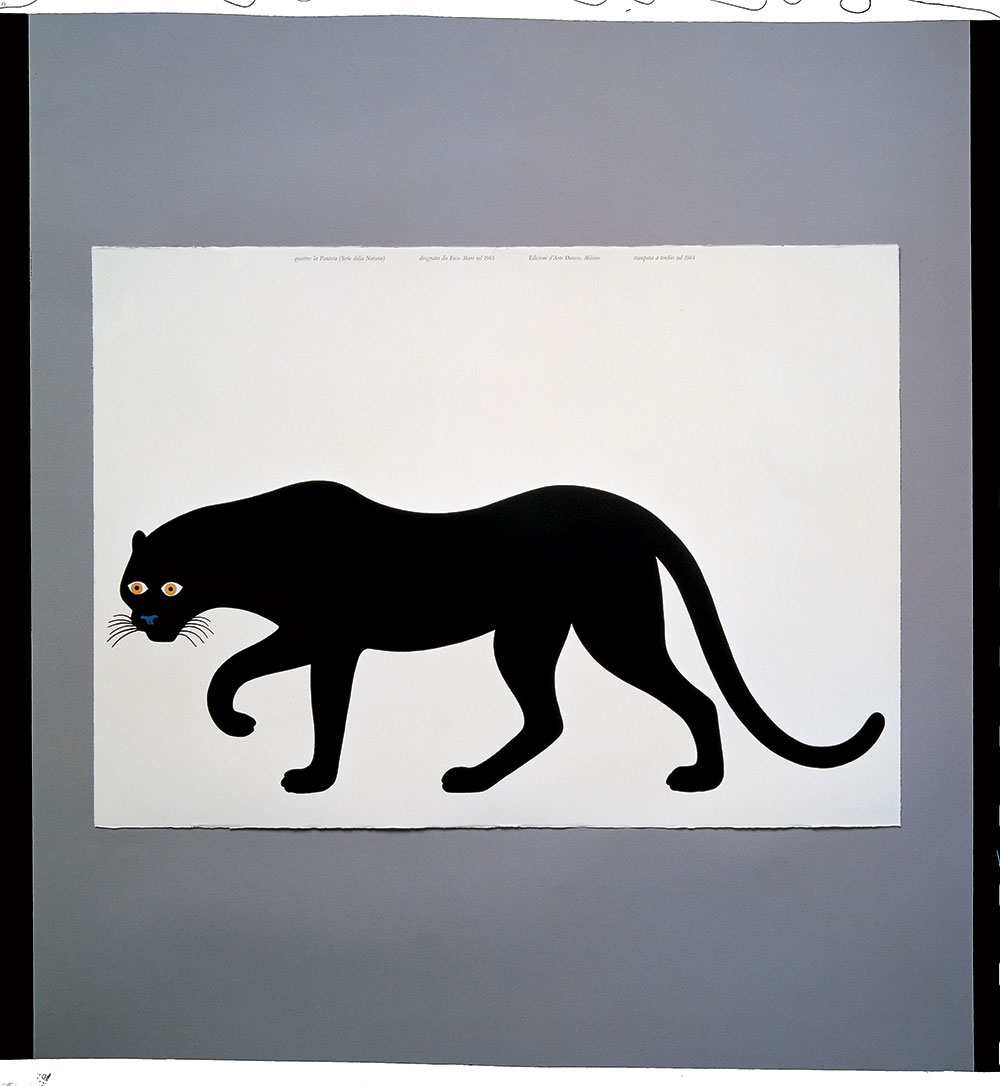
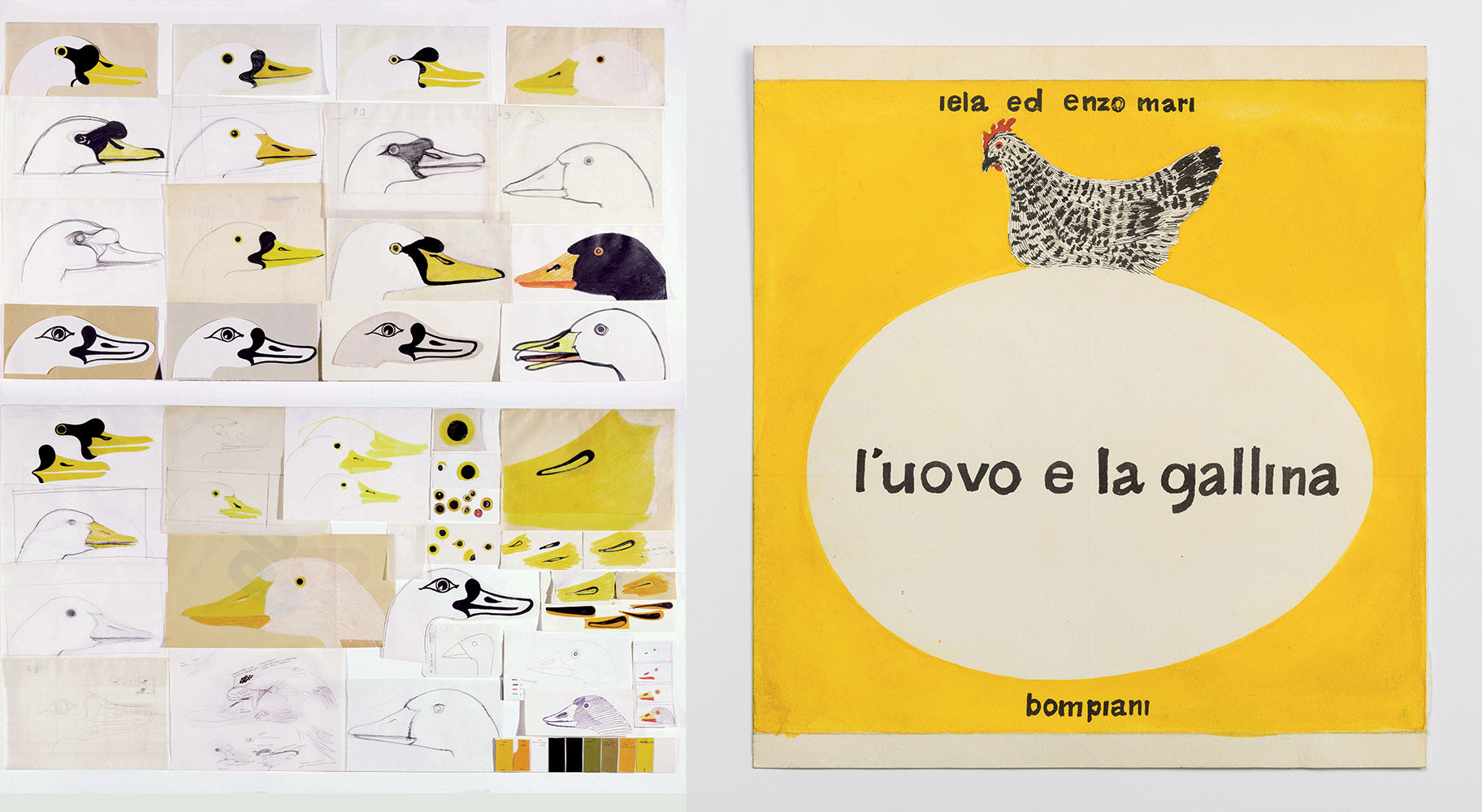
Right: Enzo Mari, L’uovo e la gallina, Emme Edizioni, 1969, polychrome print on coated paper, 215 x 215 mm, Archivio E. Mari, City of Milan, CASVA

